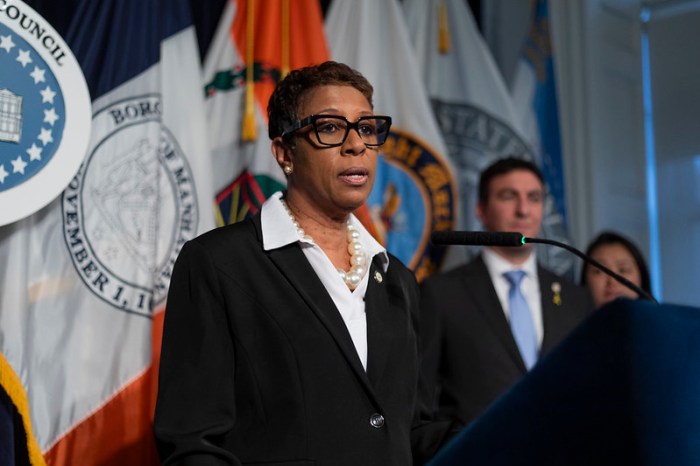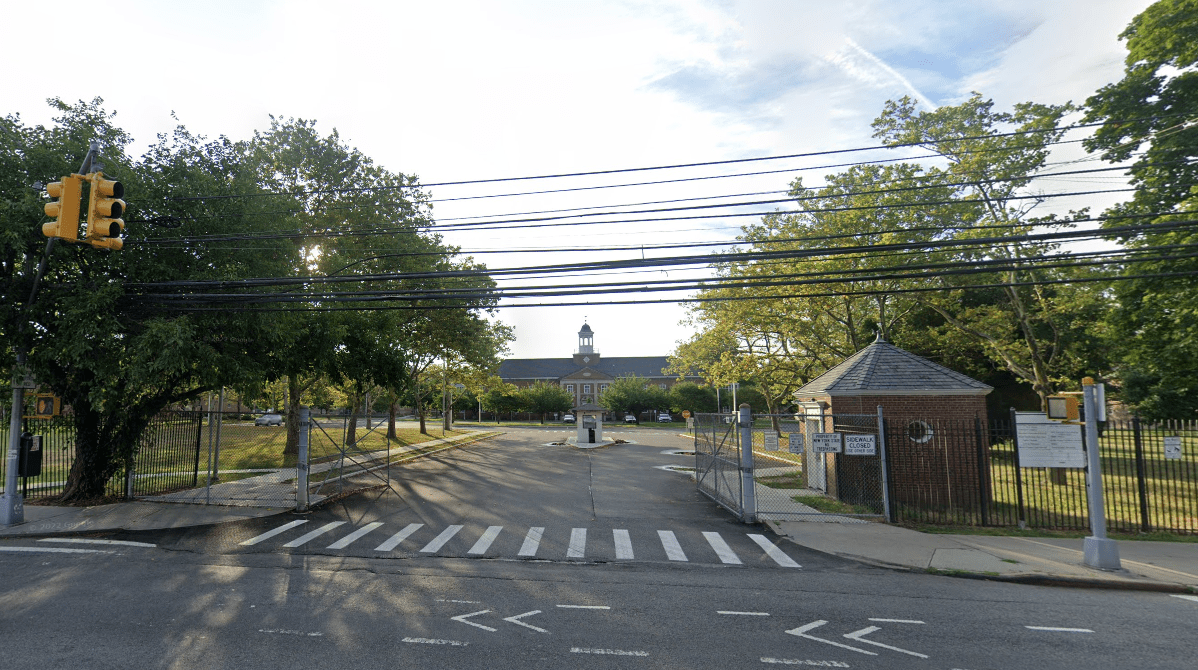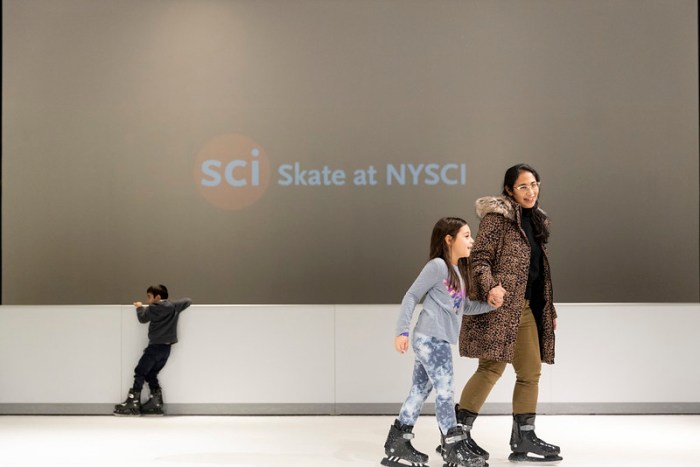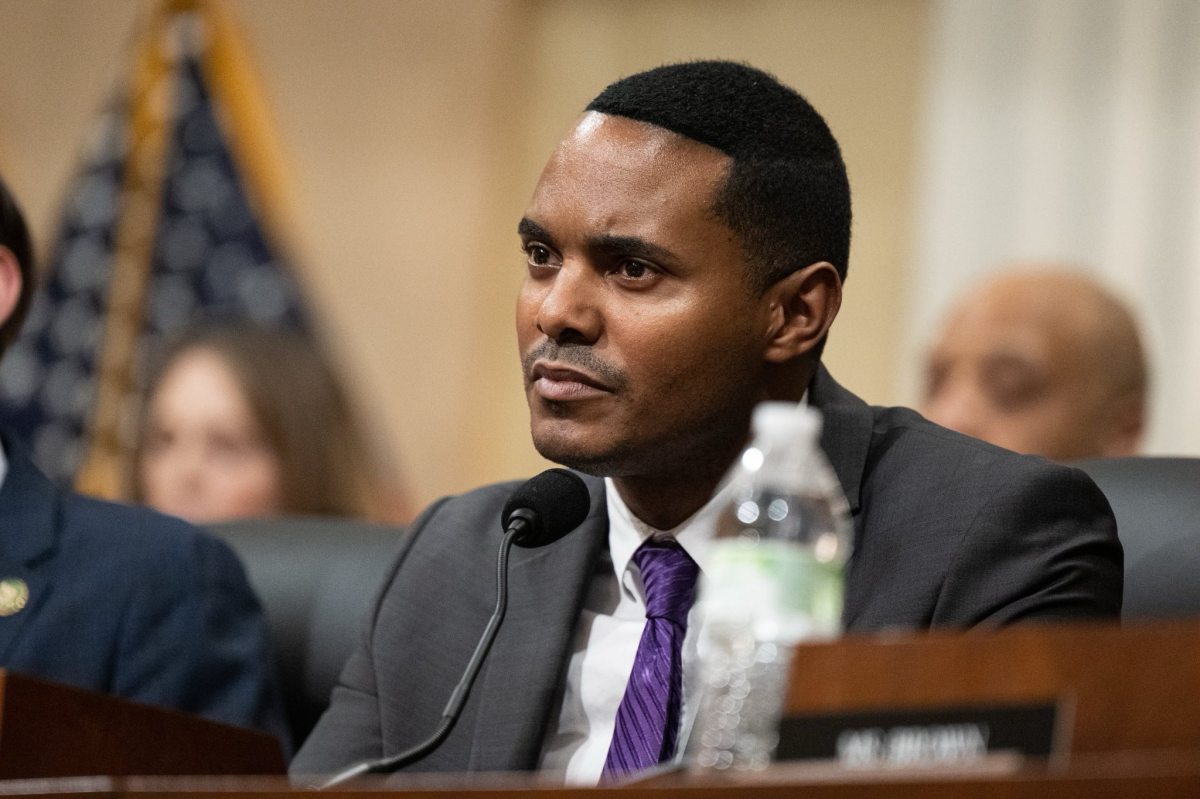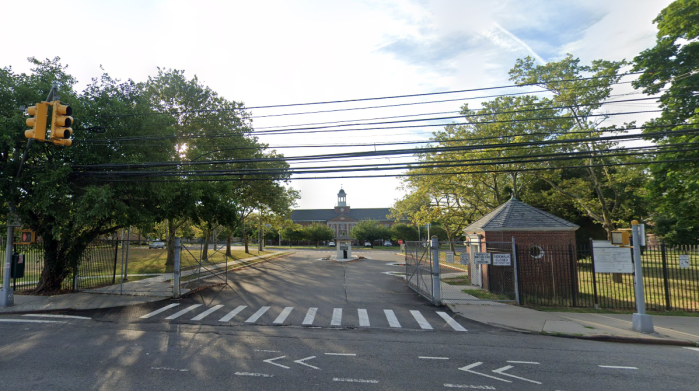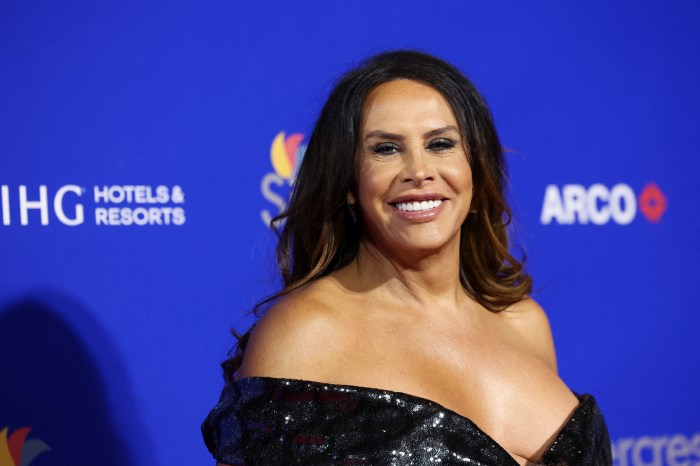
The MTA’s capital plan is delayed again because of the state legislature’s call for parity in spending on upstate roads and bridges, as well as backlash in East Harlem over the timeline of the Second Avenue Subway.
The transit agency’s board approved the $29 billion plan in the fall, and a state panel has to review the $26.2 billion not funded by bridge and tunnel tolls, such as transit fares and subsidies. The MTA has not submitted the plan yet to the state Capital Program Review Board, which includes the state DOT commissioner and elected officials.
“Second Avenue is a concern. You’ve heard the dialogue on that,” said MTA Chairman Thomas Prendergast, talking to reporters after a board meeting.
“And then there’s a separate conversation … It’s the issue that the legislature is concerned about, you know, funding for highways and bridges at the same time they’re dealing with funding for transit.”
After the state agreed to give the MTA $8.3 billion for its capital plan, State Sen. Tom O’Mara and Assemb. Phil Palmesano, whose districts represent part of the Finger Lakes region, called for upstate New York to have its fair share of dollars for roads and bridges.
“If Governor Cuomo and legislative leaders are going to find billions of dollars for downstate mass transit in next year’s state budget, we want to make sure that local bridges and culverts across the Southern Tier and Finger Lakes regions, and throughout the state, receive a fair share of state assistance,” the two said in a statement.
O’Mara said on Wednesday that their position still stands.
East Harlem officials and community residents were also incensed when the MTA said tunneling for the Second Avenue Subway won’t happen in their neighborhood in the capital plan that the board approved until after 2019. They want that construction work to begin sooner.
The MTA had wanted $1 billion from the city for the East Harlem phase of the Second Avenue Subway, but then only budgeted $535 million when an agreement was reached. The MTA’s explanation was that the design work and movement of utilities was very complex.
Meanwhile, the holdup in the capital plan has already delayed three different contracts for its massive project to bring the LIRR to Grand Central, according to MTA documents. Called East Side Access, the $10.17 billion project also frees up tracks at Penn Station for Metro-North.
In the long-term, the money is needed for a slew of projects, from subway repairs to creating a new fare payment system.
Some MTA officials were frustrated that the capital plan was being stalled by the funding battle.
“The New York City region contributes the lion’s share of tax dollars to the state,” said Transit Rider Council chair Andrew Albert, who sits on the board.
“I certainly hope the capital plan is approved quickly, so we can get on with rebuilding and expanding this amazing transportation network, which is key to the economic survival of the region.”
Board member Allen Cappelli, who represents Staten Island, said if there was no action by the legislature and Gov. Andrew Cuomo soon, that “a serious delay could jeopardize the operations of this agency.”
Legislators who represent New York City also urged a speedy resolution.
“It’s absolutely critical that the MTA’s capital plan funding come through without delay to keep our buses and subway system on track,” said Brooklyn State Sen. Daniel Squadron.
“We also must ensure that roads and bridges are funded, which have a significant impact throughout the state, just as the MTA capital plan does.”
The MTA board also approved its final budget for 2016 and four-year financial plan on Wednesday. Four percent fare and toll hikes remain on track for early 2017, even as the MTA has gotten more money from real estate taxes, as well as its bridges and tunnels, than expected.
The MTA said that for operating expenses, it was concerned about the loss of revenue from sliding yellow cab ridership.
Taxis pay a 50-cent surcharge that app companies like Uber and Lyft do not pay. Those companies collect and pay sales tax on fares, which the MTA gets part of, but documents say it is significantly less than the surcharge.
How Capital Plan Delay Affects MTA Projects
- The $10.1 billion East Side Access project, which brings the LIRR to Grand Central, hasn’t been able to award three contracts, causing delays in the construction schedule and leading to more costs. The contracts include money for installing track bed, building a concrete lining for caverns at Grand Central Terminal and testing electrical and mechanical systems.
- The Penn Station Access project, which will add Metro-North service to Manhattan’s other major railroad hub, can’t start until East Side Access is finished.
In the long-term, the MTA needs capital dollars for a slew of other needs:
- Bringing the Second Avenue Subway to East Harlem
- Keeping the subways in good condition
- Creating a new fare payment system to replace MetroCard
- New subway cars and buses
- New Metro-North stations in the Bronx



